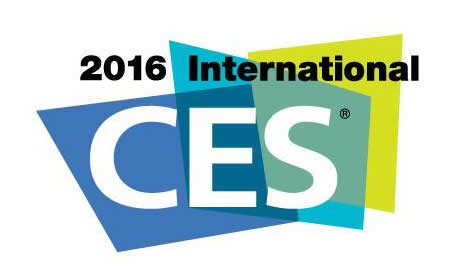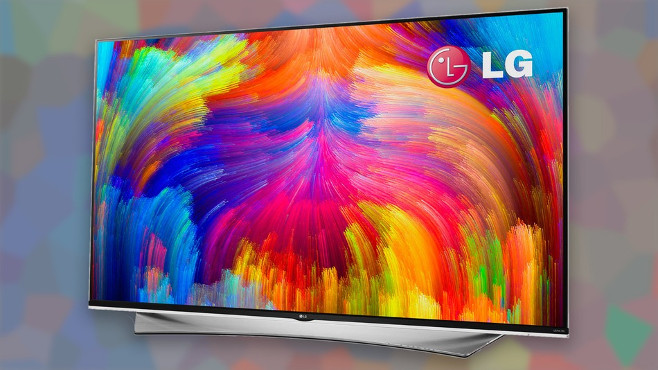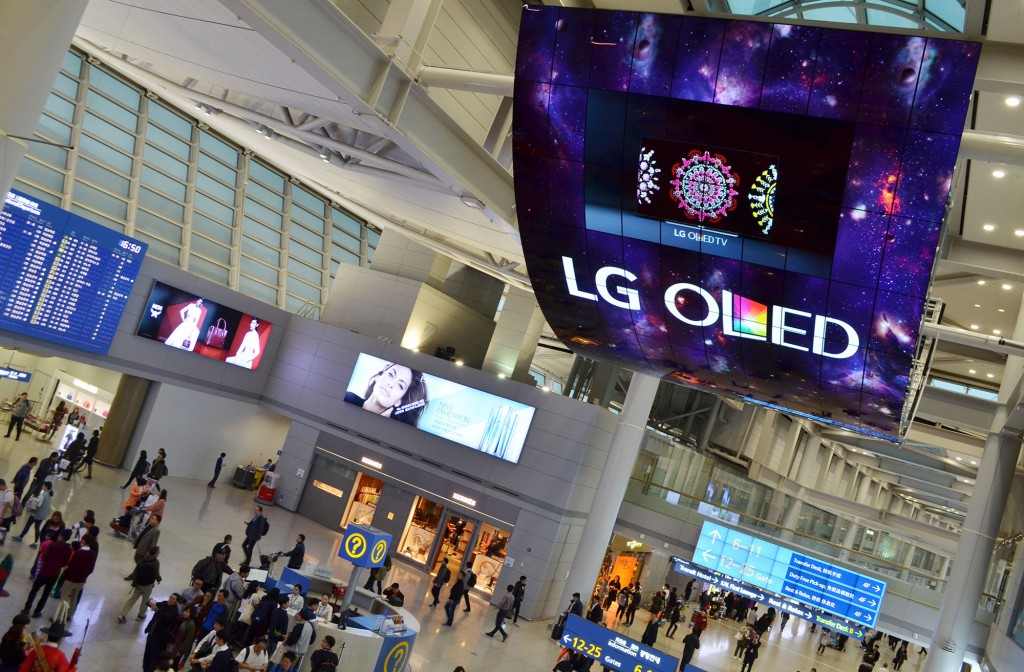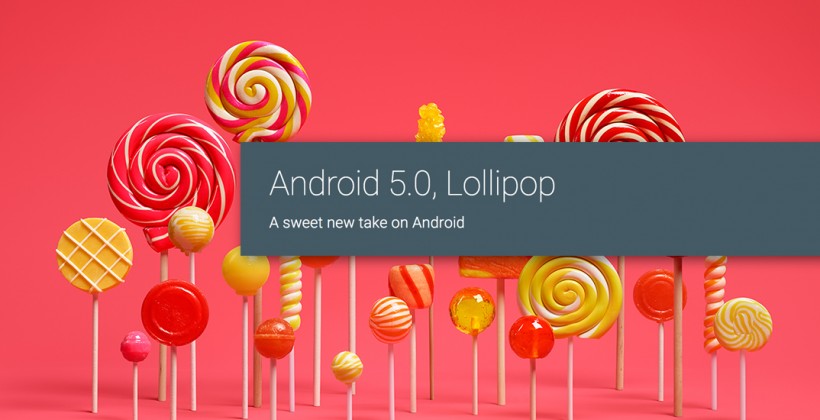Digital television pioneer LG Electronics (LG) is ushering in the era of next-generation television broadcasting at CES 2016. LG achieved this feat with the first live over-the-air broadcast of 4K Ultra HD TV with high dynamic range (HDR) using the new ATSC 3.0 Candidate Standard. The landmark broadcast, from Las Vegas station KHMP-TV’s transmitter on Nevada’s Black Mountain, is delivering pristine 4K HDR content, received for the first time on LG’s new ATSC 3.0-enabled receivers at the Las Vegas Convention Center. The signal has stunning detail with four times the resolution of today’s HDTV and offers the lifelike realism of HDR’s enhanced contrast, brightness and shadow detail.
The transmission field trial during CES 2016 exemplifies the very robust transmission and high bandwidth for 4K made possible for the first time using the ATSC 3.0 next-generation standard developed by the Advanced Television Systems Committee. Core technologies developed by LG Electronics are included in the majority of the Physical Layer Candidate Standard, which KHMP Channel 18, owned and operated by DNV Spectrum Holdings, a broadcast group that also owns other stations in the United States, is broadcasting in Las Vegas under an experimental broadcast license from the U.S. Federal Communications Commission.
We are proud that LG technology is behind the majority of the elements of the Physical Layer transmission system, said Dr. Skott Ahn, President and Chief Technology Officer, LG Electronics. ATSC 3.0 is a collaborative effort among many broadcast technology experts, and our technology is part of at least 10 of the 15 building blocks of the new Candidate Standard.
Expected to redefine TV broadcasting for decades to come, the ATSC 3.0 next-generation broadcast standard provides higher capacity to deliver 4K UHD services, robust reception on mobile devices and improved spectrum efficiency. The increased payload capacity of the physical layer combined with HEVC encoding will allow broadcasters many more options when planning their broadcast service offerings.





